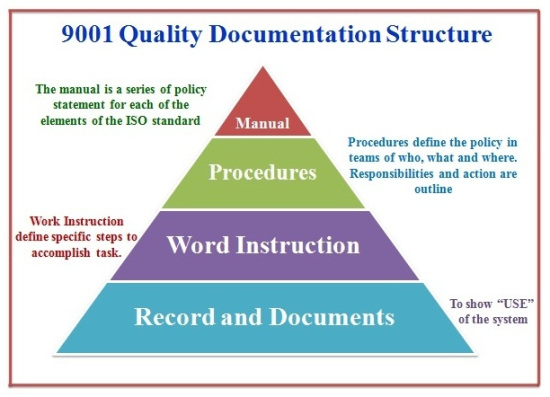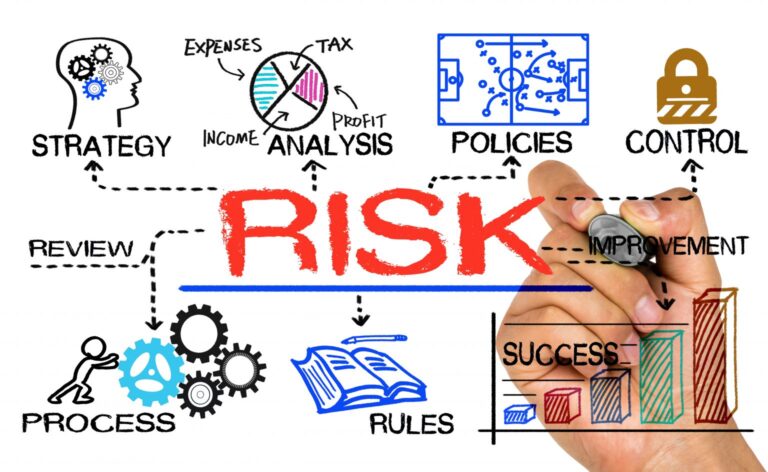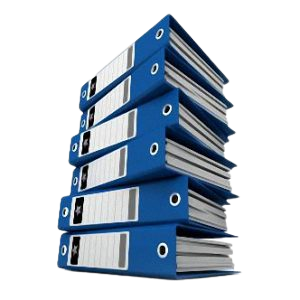So this document that used to be in everyone company’s quality manual is no longer needed.
Quality Innovations: Quality Systems Made Simple
What is a Process??
We hear this question all the time. The ISO High Level Structure defines a process as “a set of interrelated or interacting activities which transforms inputs into outputs.” In simple terms, anything you do can be defined as a process.
Under ISO 9001, you must establish, implement, maintain, and continually improve your processes and their interactions. “Maintain” means you must document them. You also need to define inputs and outputs, sequence and interaction, resources, and methods to ensure effectiveness. Assign responsibilities, address risks and opportunities, and evaluate performance.
Limiting the number of processes can reduce reporting burdens during certification audits, especially for AS 9100. Documentation format is flexible—flowcharts, text documents, charts, or even videos can work.

Recent Post
Have Any Question?
Feel Free to Reach Out if there is any questions. We will happy to assist to you
Categories
Risk
Risk is now a central concept in management systems. In practice, companies have always addressed risk, even before the term became official. For example, reviewing a purchase order, evaluating suppliers, or planning processes all involve assessing risks.
Each process should include risk evaluation during planning and performance review. Companies should also act on risks and opportunities identified through metrics and objectives. The goal is to use common sense—avoid creating unnecessary documents that don’t add value. Quality Innovations helps organizations understand, document, and manage risks effectively.

What is Documented Information????
The ISO High Level Structure introduced “documented information” to replace old terms like document control and record control. Section 7.5 of ISO 9001 highlights these requirements.
You still need to uniquely identify documents, ensure current versions are in use, and confirm suitability and adequacy. However, you no longer need to maintain a master list, stamps, or complex numbering schemes unless your organization chooses to.
Record control now focuses on retention and disposition. If a clause requires you to “maintain documented information,” it refers to document control. If it says “retain documented information,” it refers to record control. Customers may still require defined retention periods, and you should demonstrate how you manage this in your system.

Also, the only mention of record control is in retention and disposition of documented information. The most important thing to remember when reading the standard, is that if the standard refers to maintaining documented information it is referring to document control, if it refers to retaining documented information it means record control. It does not say specifically that you have to document a record retention period, however most customers require this and you need to demonstrate that you address the retention and disposition of records in your system.
